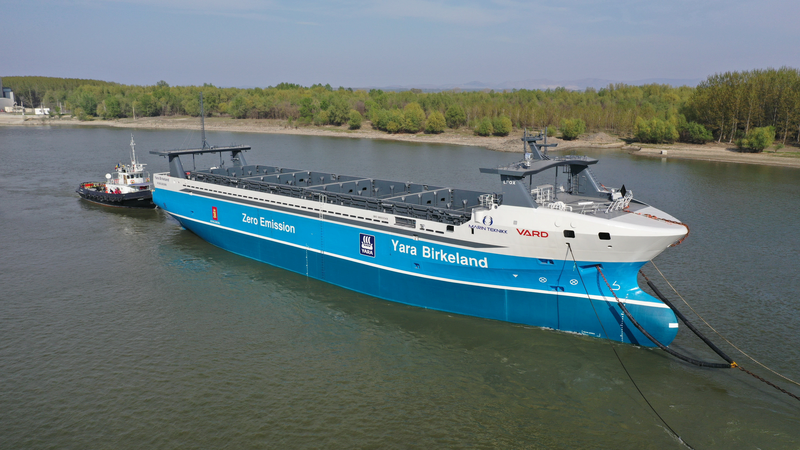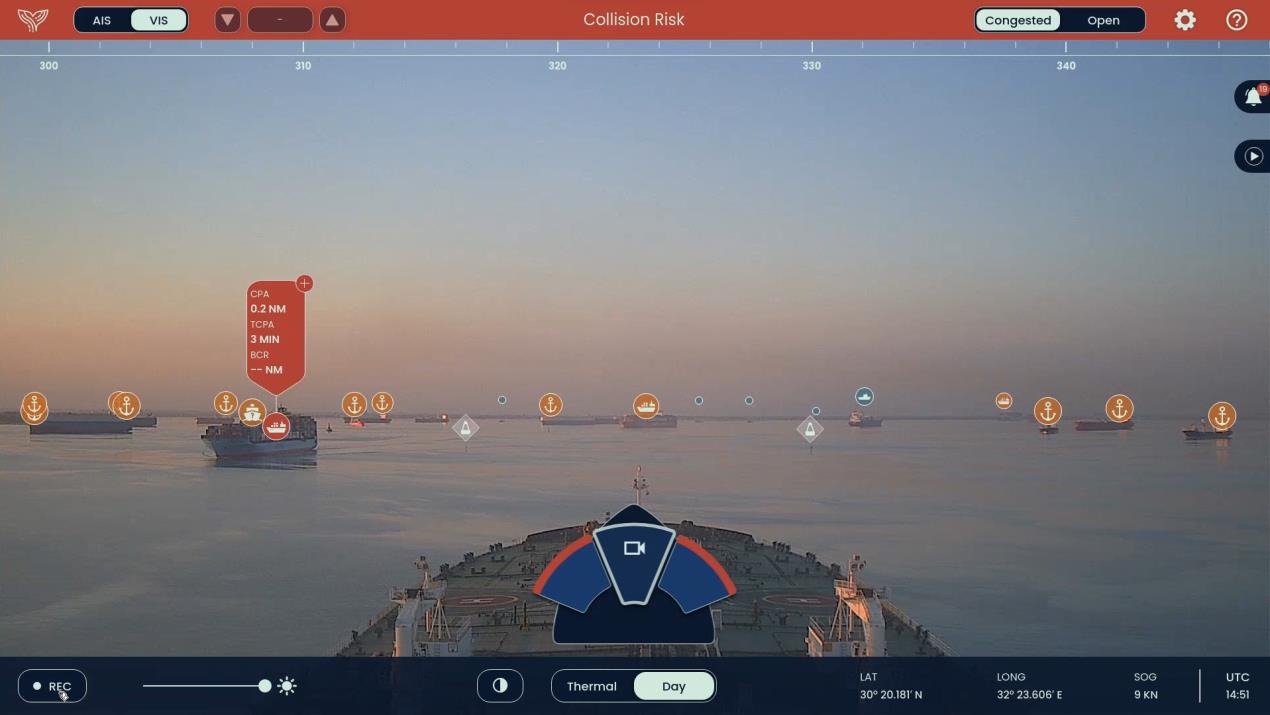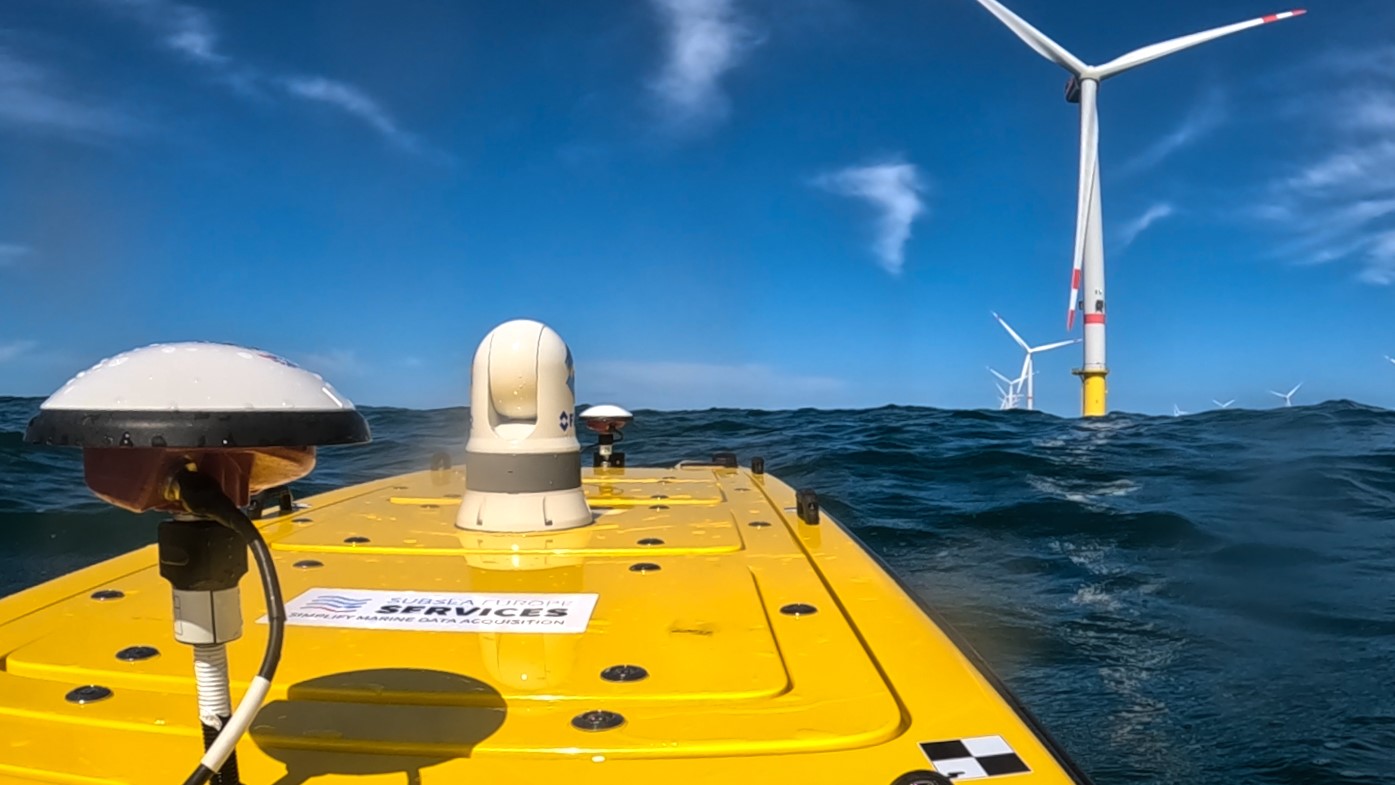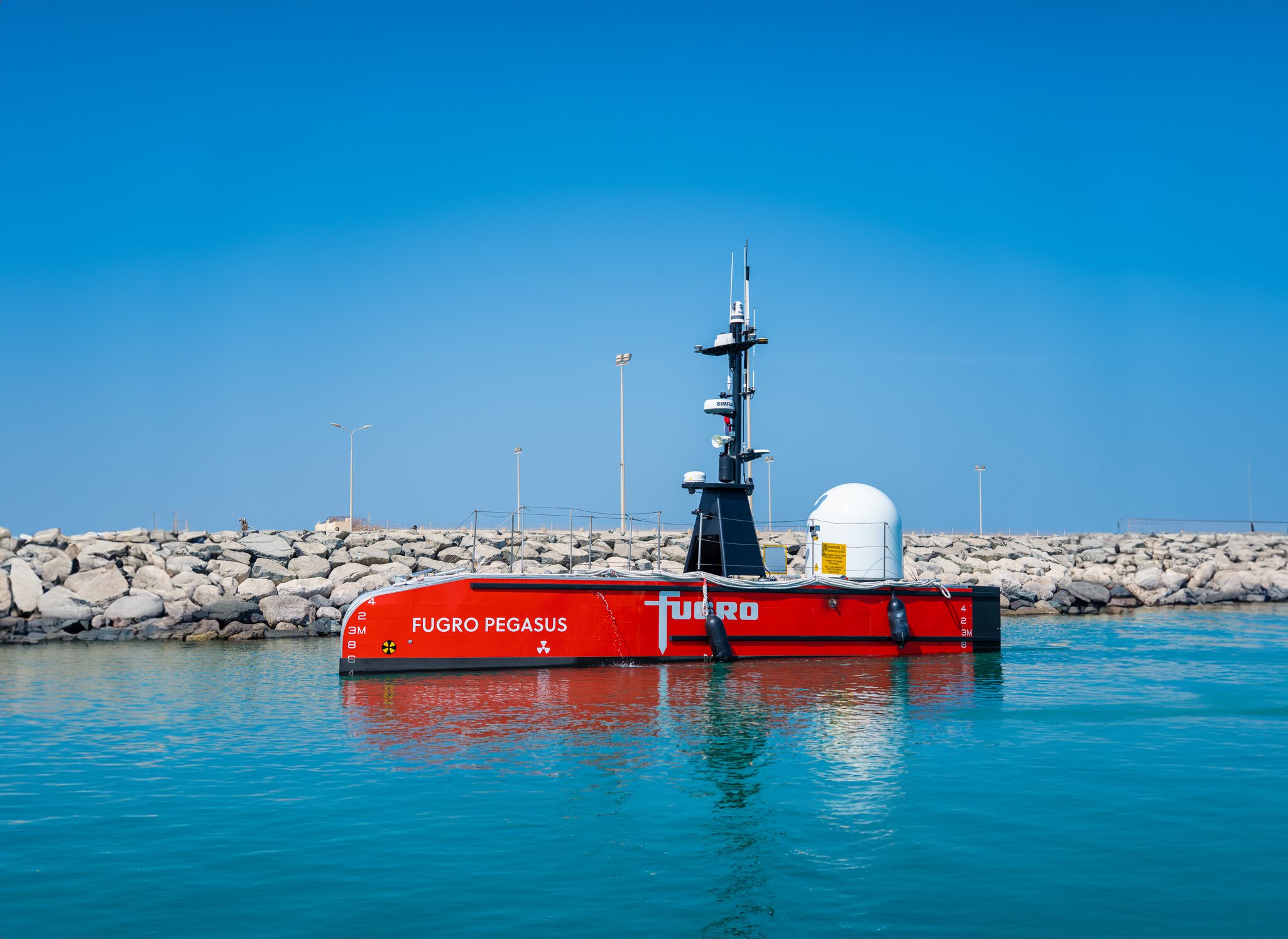Craig Eason looks at how autonomous and unmanned shipping is moving slowly from hype to realisy
The more tabloid headlines may have shouted about ghost ships, convoys of them no less, traipsing over the horizon carrying human-kinds cargo, as we mere mortals either rest easy or worry about where the next meal will come from because we are jobless as automation has stolen all the jobs.The reality is somewhat, unsurprisingly different. There are no convoys yet, neither now nor in the near future. The reason has less to do with the technology and more to do with the cost and business case, as well as lack of international agreements.
Talking to Fathom World for the Aronnax Podcast Ørnulf Rødseth, senior Scientist at SINTEF Ocean in Trondheim Norway says that while there are a lot of developments, many of the projects are less to do with a business case, and more to do with scientific research.
The one commercial vessel that has so far been built is Yara Birkeland. Having had the hull built by shipbuilder Vard at its Romania facility it is now at one of Vard’s Norwegian yards for completion. It was due to enter service this moth but Yara International, the cargo owner behind the project, has put the project on hold.
But the vessel is still being fitted out according to Pia Meling from Massterly, a joint venture between the Norwegian technology firm Kongsberg and the shipowner and manager Wilhelmsen. Massterly is also set to be part of another Norwegian project set for the near future. Meling points to the Norwegian retail distributer ASKO which sends trucks and deliveries of fresh grocery produce to supermarkets around Oslo and Norway. The company has a pair of warehouses either side of the Oslo fjord and currently sends loaded trucks between them on the busy roads between the two, including into tunnels. The company is assessing whether to build an electric supply chain across the fjord, and in doing so will also assess the use of autonomous systems.
Electricity
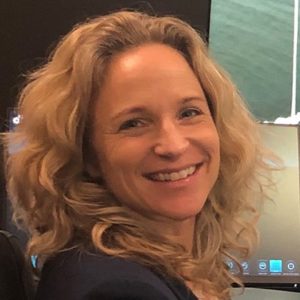 This says Meling is one of the main points which both the ASKO and Yara projects share. They are driven by corporate cargo owners seeking initially to streamline and clean up their supply chains through electrification. Autonomy and therefore unmanned platforms are an extension of that thinking, not the initiator of this. Rødseth echoes this. He sees autonomy happening first where there are the commercial reasons and the ability to drive supply chain decarbonisation through electrification.
This says Meling is one of the main points which both the ASKO and Yara projects share. They are driven by corporate cargo owners seeking initially to streamline and clean up their supply chains through electrification. Autonomy and therefore unmanned platforms are an extension of that thinking, not the initiator of this. Rødseth echoes this. He sees autonomy happening first where there are the commercial reasons and the ability to drive supply chain decarbonisation through electrification.
There are some high-profile research projects ongoing and Rødseth says these will undoubtedly contribute to strengthening autonomous capabilities, however he says it will all start with coastal shipping. “The truth is that these (autonomous) ships are expensive. Building these ships could easily be tens of millions of Euros, so there’s a big risk on starting on this kind of project so you have to be really convinced or have a lot of money to do it,” he says. “The investment for short sea shipping and the risks with regulation is much smaller for the small distances and smaller ships, and this is the main reason it is happening in this reason first, which is natural”.
A commercial future
Massterly’s operation model is based on being the ship manager of autonomous vessels, with staff based in control centres having oversight of vessels. While still focusing on coastal shipping, primarily in Norway where the country’s maritime Authority has been proactive in assisting the development of the technology. There’s not a lot of ASKOs and Yara’s – large cargo owners – capable of doing such projects alone, so Meling sees the potential in bringing together consortia of cargo owners with a similar need to shipment – looking to whether Wilhelmsen can be building vessels, and be a shipowner in a new zero emission short sea segment.
The short sea shipowners at the moment do not make any money, says Meling, due she adds to it being so fragmented with single vessel shipowners and little or no cooperation. “We need to think differently and have new business models”, she says saying her hope is to see it realised. “So definitely involve the cargo owners so they take a stake so we can build vessels on a long charter with several owners together – that’s where we see a sustainable model and we can get enough cargo moving on zero emission autonomous ships and it makes commercial sense.
It’s a consortium model, but not for research and development as we see so much of with current technology development, but an idea for a real business case to help realise the future.

You can hear from Ørnulf Rødeth, Pia Meling and a number of other experts leading the development of the technologies for autonomous ships and platforms as well as the commercial reasons that will we be made for using the systems, in the weekly Aronnax podcast.























